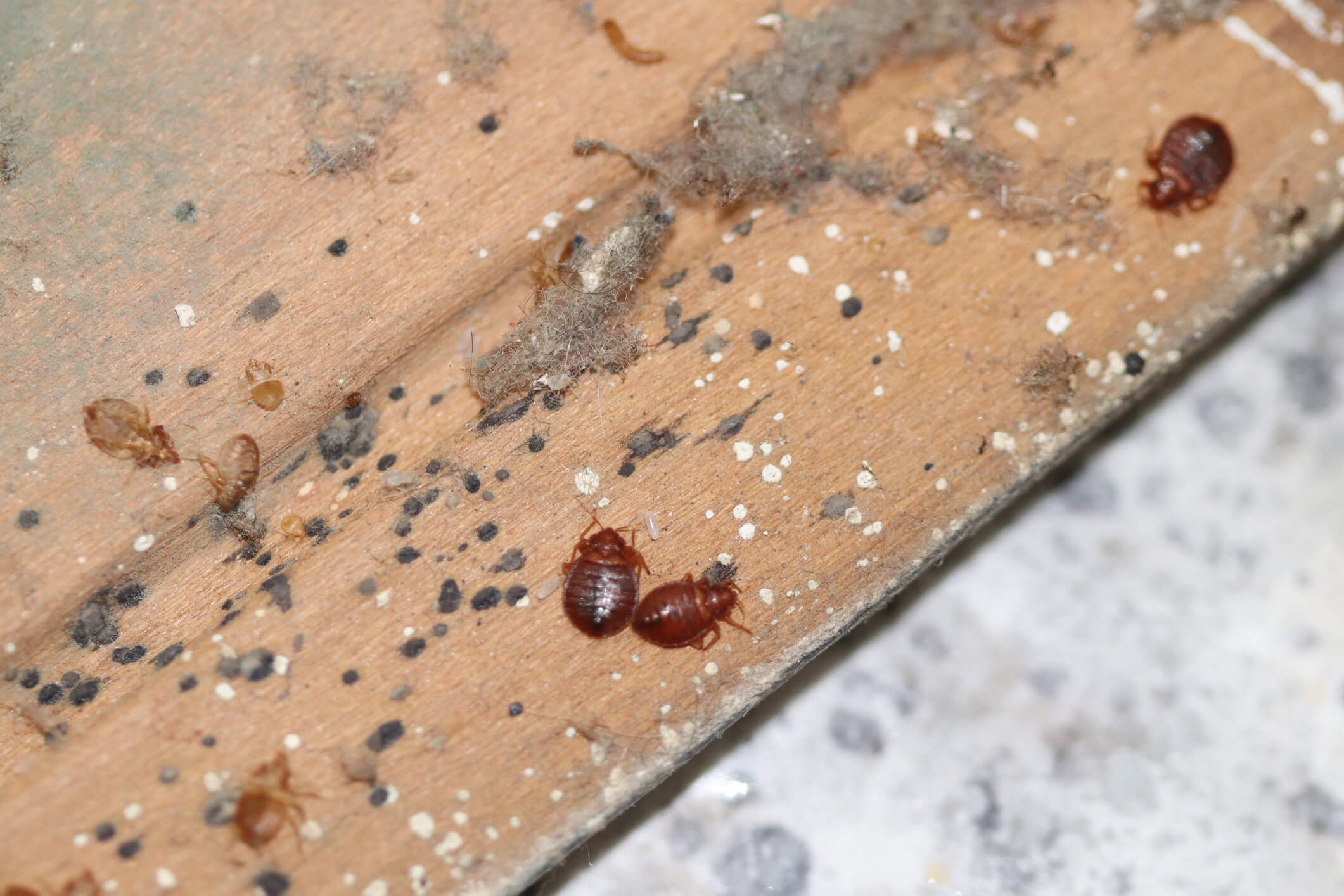Bed Bugs Explained
Bed bugs: once you get them, it can be almost impossible to eliminate them without a professional’s help. But where did they come from in the first place, and how do they get from one place to another? Let’s find out!
Where Did Bed Bugs Originate From?
Humans have been dealing with bed bugs for well over a millennia. Most experts believe that humans were first widely exposed to bed bugs via bats in the Middle East, as there was a time when bats and humans presumably occupied many of the same caves there.
As civilization developed and spread, humans brought bed bugs to new regions with them. Struggles with these pests have been documented by the ancient Egyptians, Greeks, and Romans.
Over time, bed bugs spread throughout Europe, Asia, and Africa, plaguing both poor and wealthy households alike. European settlers eventually brought the pests to the Americas. Today, bed bugs occupy every continent but Antarctica.
DDT: Initial Advantages and Major Downsides
In the 1940s, a pesticide called DDT was developed to decrease the transmission of:
- Malaria
- Typhus
- And other insect-borne illnesses to troops and civilians
DDT took off in the U.S., and for a long time, it proved to be a powerful agent against bed bug infestations, which were extremely common up to that point.
Unfortunately, DDT had some significant downsides involved with its usage. It was classified as a possible carcinogen, and while it endangered wildlife populations (especially birds), it began to lose its effectiveness as a pesticide. Therefore, DDT was banned in 1972. By that time, U.S. bed bug numbers had dwindled, and infestations were rare.
Return of the Bed Bugs
Since the 1980s, bed bug populations have been increasing in numerous countries, including the United States.
Experts point to various factors affecting the rising number of infestations:
- Increased international travel
- A rising trend in buying vintage and second-hand furniture
- A change in pest control application practices in hotels
- Bed bugs’ increasing resistance to multiple types of pesticides (even DDT)
How Do You Get Bed Bugs?
Bed bugs typically hitch rides from place to place by attaching themselves to:
- Skin
- Hair
- Animal fur
- Clothes
- And luggage
While these pests have often been associated with dirty homes or lower-income neighborhoods, it’s important to keep in mind that bed bugs have been found in luxury homes and 5-star hotels as well. These little bloodsuckers will hide in just about any dark hole, nook, or cranny that gives them easy access to a human or animal to feed on.
Where Can You Find Bed Bugs?
Here are just a few examples of places you can find bed bugs:
- In the tucks or seams of bedding and mattresses
- In furniture joints (especially beds)
- Between cushions on couches, chairs, or benches in homes or public places, such as movie theaters, trains, and buses
- Inside electrical sockets
- In cracks or gaps in the walls, molding, or floorboards
- Inside laptops
What Are the Signs of Bed Bug Infestation?
When traveling, always keep your luggage away from the bed and walls, and check for any signs of a bed bug infestation, like dark stains or spots on the mattress. If you need to remove an infestation from your home, don’t wait to involve a professional, as these pests are notoriously hard to get rid of, and the process will need to be extensive and thorough.
At Sage Pest Control, we understand how stressful and painful a bed bug infestation in your home can be. If you need help eliminating a bed bug problem in Charlotte, Raleigh, Greensboro, or the surrounding areas, please don’t hesitate to contact us: (704) 413-3398.


